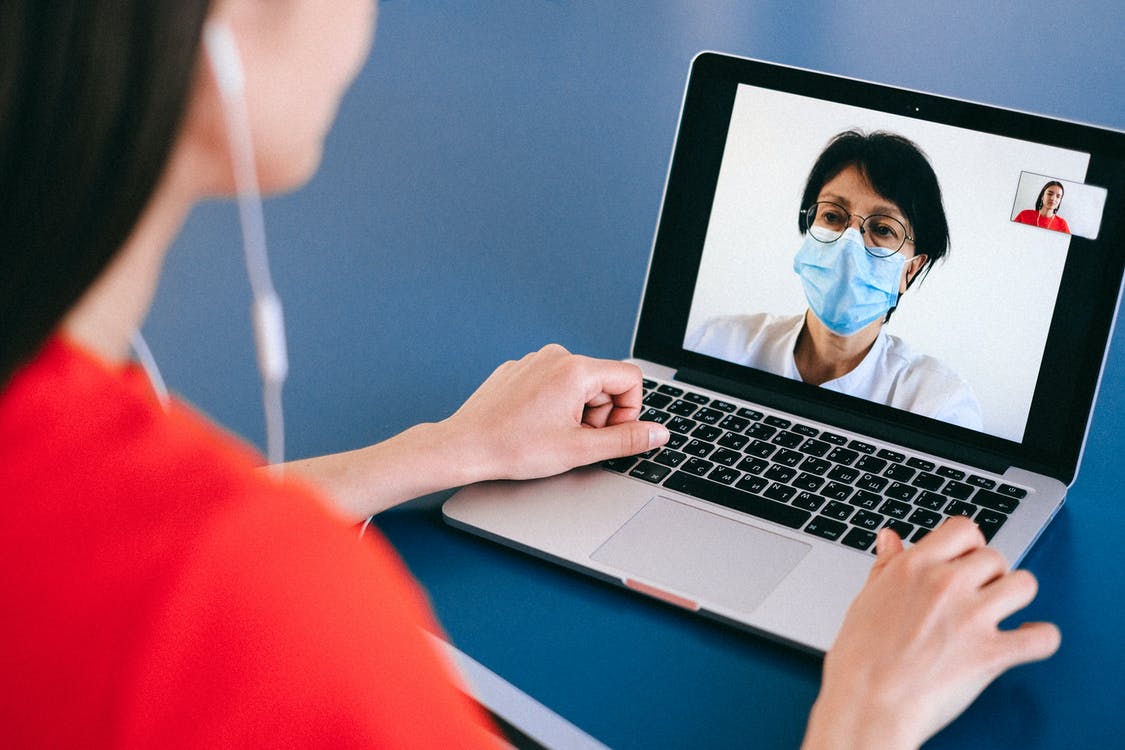
After the COVID-19 pandemic, telehealth entered its golden era, becoming the preferred channel of communication for minor health issues. What’s more, the American Telemedicine Association (ATA) predicts that in 2024 telehealth will become even more accessible to all patient groups.
However, organizations that wish to start offering telehealth services should remember that telemedicine is strictly regulated because it deals with people’s health and handles large volumes of sensitive data. With a variety of out-of-the-box and custom telemedicine software on the market, healthcare providers must make sure that the solution they choose is fully in line with their country’s security regulations.
Understanding the regulations
Most regulations and laws relating to telehealth software aim to ensure sufficient protection of patients’ personal data. Depending on the locations of medical service providers and patients, the telemedicine apps they use can fall under the following regulations:
- HIPAA (the Health Insurance Portability and Accountability Act) sets standards for data protection in the healthcare field in all of the United States.
- GDPR (General Data Protection Regulation) dictates how any private data that belongs to EU citizens should be acquired, stored, processed, transferred, and disposed of.
- FDA (Food and Drug Administration) laws outline the safety, usability, and security requirements for developing telehealth applications that are considered medical devices in the US.
- EU MDR (Medical Device Regulation) is similar to FDA regulations and applies to software classified as a medical device in the EU.
- CCPA (California Consumer Privacy Act) is a supplementary privacy protection standard for the state of California that also regulates personal data lifecycle, including medical data.
- PDPA (Personal Data Protection Act) provides a security framework for any software that handles personal data in Saudi Arabia.
Naturally, the above list is not exhaustive, as every country and even state can introduce specific rules and regulations applicable to telehealth app development based on the local healthcare providers’ needs and common risks encountered in the region.
Most common regulatory requirements for telehealth software
Despite regional specifics, data privacy regulations applicable to telehealth solutions overlap in many important ways. There are patient data protection and privacy capabilities that any telehealth solution should incorporate:
- Restricted access to patient information. Patient data should be available only to authorized personnel and protected with multi-factor authentication and role-based access controls.
- Audit logs. Telehealth software should contain audit logs for tracking user activity and access attempts, helping to detect potential breaches.
- Data integrity. The software should incorporate features for maintaining the accuracy and completeness of patient data throughout its lifecycle (creation, storage, transmission, and disposal). For instance, some telehealth platforms have real-time data validation features for vital signs data like blood pressure or heart rate. When the telehealth software receives readings from a monitoring device, it checks them against the predefined ranges based on the patient's age, gender, and medical history, or uses other algorithms to identify potential misreadings. In case of an anomaly, the app notifies patients, prompting them to re-check measurements or consult a medical professional.
- Hardware protection. Servers and data centers that store patient data should be protected with special measures like controlled access points and security cameras. Depending on the telehealth application’s hosting environment (cloud or on-premise), either the software provider or healthcare organization should ensure the security of servers that store patient information.
- Encryption. All transferable information must be encrypted with encryption protocols like TLS (Transport Layer Security) to protect it from interception during transmission. In addition, encrypting data "at rest" (when stored on servers) adds another layer of security. Encryption protocol AES (Advanced Encryption Standard) is a highly secure and efficient symmetric key encryption algorithm, endorsed by various government agencies and industry standards, including HIPAA.
- User-friendly interfaces. The telehealth app should be easy to navigate for both patients and medical professionals to lower the risk of errors or misinterpretations. For example, when clinicians can choose a diagnosis from the pre-validated drop-down menu instead of typing it in manually, the risk of mistakes decreases.
In addition to implementing a well-protected telehealth solution, healthcare organizations must also ensure the app’s secure usage. Examples of telehealth provider’s practices aimed at improving the security of their patients’ information include:
- Developing comprehensive guidelines for the telehealth application usage and communicating them to personnel.
- Conducting regular security training for medical personnel.
- Encouraging medical professionals to collect, use, and disclose only the minimum amount of information necessary for telehealth services provision.
- Obtaining patient authorization for most uses and disclosures of their data beyond treatment, payment, and medical operations.
- Providing patients with access to their data and the ability to modify its storage and usage conditions.
- Delivering telehealth services from safe private places, unless the patient agrees otherwise.
- Educating patients on the safe ways to use telehealth applications.
In conclusion
With telehealth becoming mainstream, not only doctors and patients but also cybercriminals turned their attention to it. Recently, a telehealth company was involved in one of the biggest security breaches of 2023 that affected 3.1 million people. To avoid such a fate, healthcare organizations providing telehealth services should properly protect their patients’ data.
While similar in many ways, laws that regulate telehealth software in different regions have many nuances, so both remote care providers and telehealth software developers must fully understand the exact data security requirements before starting the software implementation project. Healthcare providers also need to evaluate software providers’ knowledge of the healthcare industry’s regulations and their ability to deliver a compliant solution. Hiring expert development partners can help you ensure that your future telehealth solution meets all of the necessary legislative requirements and its adoption goes smoothly.